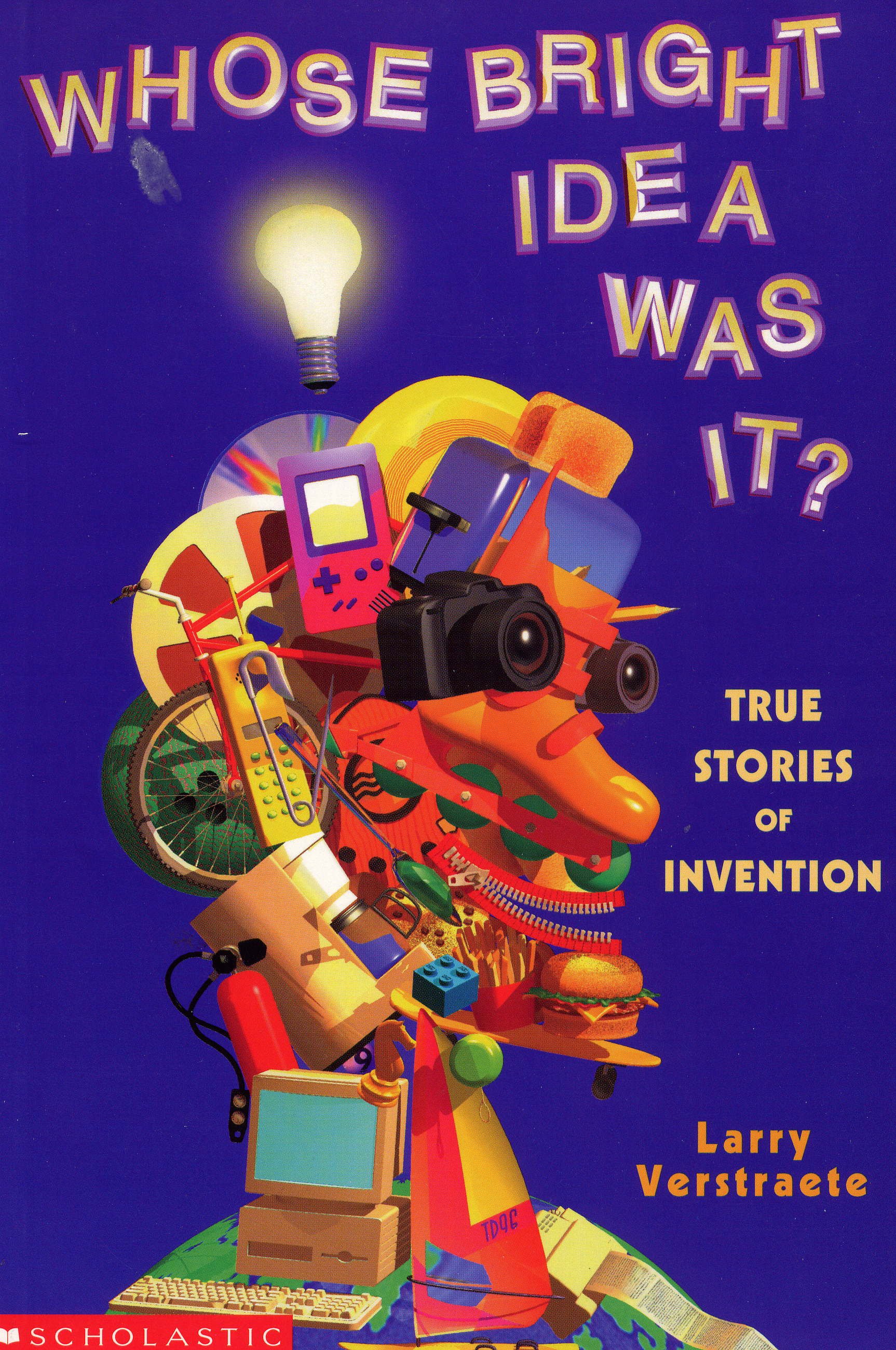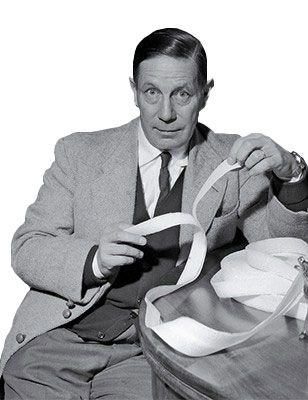The Story of Velcro
How a Nuisance of Nature Inspired an Inventor
One day in 1948 George de Mestral, a Swiss engineer, went on a hunting trip. As he wound his way over mountain trails, tiny burrs stuck to his dog as well as to his socks and trousers. He stopped to pry off the sticky seeds, but found it was no easy task. Each burr clung stubbornly and freeing them took a lot of effort and patience.
De Mestral was curious. Just why were the burrs so hard to remove? When he looked at them up close, he noticed that each one had tiny hooks that latched onto the loops of thread in his clothing. His inventive mind began to churn. Why not make a fastener of loops and hooks that locked onto one another?
George de Mestral with his invention
The idea was far simpler than the process. To make the fastener work, he needed two types of cloth, one with hooks, the other with loops After some searching, he found a weaver who would make the cloth by hand on a small loom. He eagerly tried out the first sample. It worked! The hooks locked into the loops. But to manufacture the fastener in bulk, a quicker method had to be found.
De Mestral experimented with many techniques: steam, hot air, ultrasonic sound, glue. After months of trial and error he found a way of making rigid loops of nylon thread.
Soon after, he found a way of cutting the loops to turn them into hooks. But it took a full eight years to develop the fastener and a machine that could make loops and hooks quickly. De Mestral called his fastener Velcro – Vel for velvet, cro for “crochet” or “small hook” in French.
With Velcro, parts can be joined and separated quickly and easily, time and time again. Today Velcro has hundreds of uses, from replacing snaps, buttons, and zippers in clothing to attaching gear in space shuttles.

